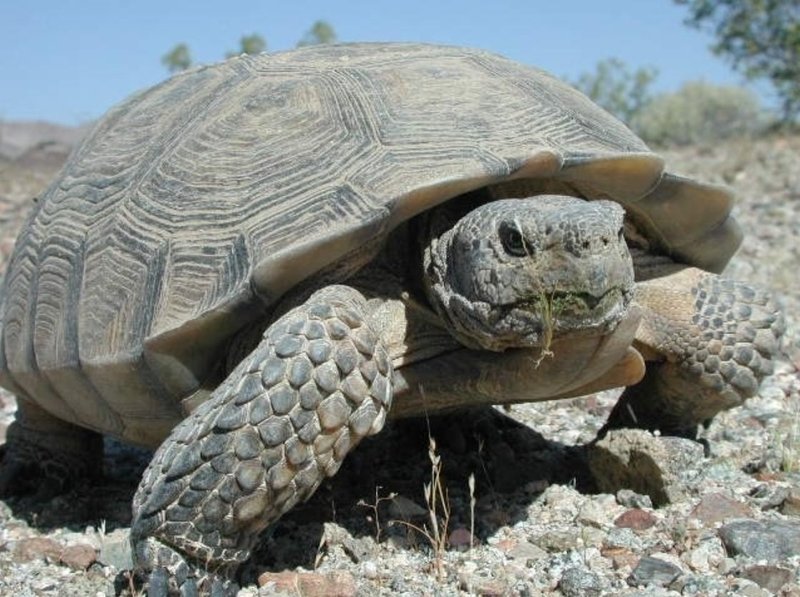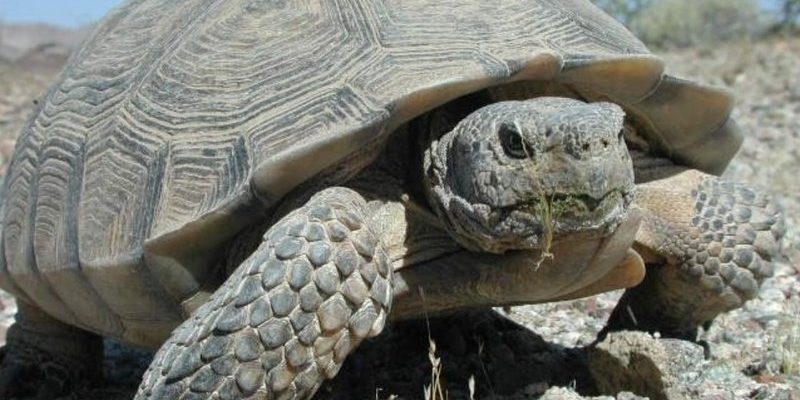
Throughout their long history, tortoises have adapted to various challenges, showcasing their impressive evolutionary traits. Picture them as the seasoned travelers of the animal kingdom, navigating through epochs of Earth’s history with their unique biological toolkit. Their slow metabolism, tough shells, and ability to thrive in diverse habitats are just a few features that have helped them endure in a world that has constantly transformed. Ready to explore the fascinating evolutionary history of the tortoise? Let’s go!
The Origins of Tortoises
The story of tortoises begins over 200 million years ago, during the late Triassic period. This was a time when dinosaurs roamed the Earth, and reptiles were evolving in various forms. The earliest tortoises likely emerged from a group of reptiles called diapsids. These creatures had two openings in their skulls and were the ancestors of modern reptiles, including lizards and snakes. Tortoises branched off from these lineages, carving out their own unique evolutionary path.
One of the key features that define tortoises is their hard shell, which is actually part of their skeleton. This protective casing has evolved over millions of years, offering them a defense mechanism against predators. Imagine yourself carrying a shield—it gives you a sense of security, right? The tortoise’s shell not only protects them but also plays a role in regulating their body temperature. Isn’t it amazing how nature equips its creatures with what they need to survive?
You might be wondering how we know this about tortoises. Paleontologists study fossil records, which provide valuable insights into their evolution. Fossils show how tortoises changed in size and shape over time, adapting to their environments. For example, some early tortoises were quite different from today’s species, sporting elongated necks and limbs that allowed them to swim and foray on land more efficiently.
The Rise of Modern Tortoises
Fast forward to about 60 million years ago, and you’ll find the first modern tortoises starting to appear. These creatures were increasingly adapted to life on land, thanks to their ability to store water and withstand dry environments. This shift likely occurred due to changing climate conditions that made some regions less hospitable for more aquatic lifestyles.
Interestingly, tortoises belong to the order Testudines, which includes not just tortoises but also turtles and terrapins. The major distinction lies in their habitats. Tortoises tend to live on land, while turtles prefer aquatic environments. This split allowed for even further evolutionary specialization. Picture it like different branches on a tree, each adapting to its own unique environment, while sharing a common trunk.
The evolution of tortoises has also led to the development of various species across the globe. From the giant Galápagos tortoises that can live for over a century to the small box tortoises found in North America, there’s a wealth of diversity in this group. Each species has special physical adaptations that help them thrive in their specific habitats, whether it’s a thick, protective shell or long limbs for digging burrows.
Adaptations to Diverse Environments
Tortoises are known for their ability to adapt to various environments. Some species thrive in deserts, while others make their homes in lush forests or wetlands. This adaptability can be attributed to several key characteristics. Their hard shells are, of course, a significant advantage. Additionally, their slow metabolism allows them to survive on limited food and water sources for extended periods.
In arid regions, many tortoises have developed mechanisms to conserve water. For instance, they can absorb moisture from their food and retain it in their bodies. This ability is crucial for survival in harsh environments where water isn’t readily available. Imagine being able to go days without a drink—it’s a remarkable feat of nature!
Another fascinating adaptation is their diet. Tortoises are generally herbivores, munching on a variety of plant materials. However, some species are opportunistic feeders, eating whatever they can find. This flexibility in diet helps them survive in different ecosystems, giving them an edge over more specialized animals that require specific foods.
Threats and Conservation Efforts
Despite their successful adaptations, tortoises face numerous threats today. Habitat destruction, climate change, and poaching are significant challenges that have led to declining populations in many species. For instance, the famous Galápagos tortoises were once hunted to near extinction for their meat.
Conservation efforts are now underway to protect these unique creatures. Many organizations are working to restore habitats and create protected areas where tortoises can thrive. Here’s the thing: protecting tortoises isn’t just about saving one species; it’s about preserving entire ecosystems. When tortoises flourish, the environments they inhabit benefit too, contributing to a balanced ecosystem.
Moreover, education plays a crucial role in conservation. By raising awareness about the challenges tortoises face, more people can become involved in helping these creatures survive. From community initiatives to global campaigns, efforts are striving to ensure that tortoises continue to roam the Earth in the future.
The Impact of Climate Change
Climate change poses a significant threat to tortoise populations. As temperatures rise and weather patterns shift, the habitats of these animals are increasingly compromised. For example, higher temperatures can lead to more frequent droughts, making survival difficult for species that rely on specific moisture levels in their environments.
Additionally, changing climates can affect food availability. Many tortoise species depend on particular plants, and shifts in climate can alter the growth and distribution of these plants. This can create a ripple effect, impacting not just tortoises but the entire food web within their habitats. Think about it—if one link in a chain weakens, the whole chain risks breaking.
Researchers are studying these impacts closely to develop strategies for helping tortoises adapt to the changing conditions. By understanding their needs and vulnerabilities, conservationists can build frameworks that will help tortoises continue their slow and steady journey through time, despite the challenges they face.
The Future of Tortoises
Looking ahead, the future of tortoises will depend on how we address the challenges they face. Innovative efforts in conservation, combined with public awareness and education, can help ensure their survival for generations to come. Here’s a hopeful thought: tortoises have been around for millions of years. With the right support, they could continue to thrive in our ever-changing world.
As we learn more about tortoises and their evolutionary history, it becomes clear that they are not just fascinating creatures. They represent a crucial part of our planet’s biodiversity. By protecting them, we’re also safeguarding the intricate web of life that we’re all a part of, including ourselves. So, the next time you spot a tortoise, remember its long journey through time, and consider how you can contribute to its future.
In conclusion, the evolutionary history of the tortoise is a mesmerizing tale of resilience and adaptation. From their ancient origins to the modern-day challenges they face, tortoises have truly earned their place in the grand tapestry of life on Earth. By learning about and supporting these remarkable creatures, we can help ensure that they continue to stroll along the planet for many years to come.

